Project submitted by Available Light Inc (Derek Barnwell)
Client: National Museum of the United States Army
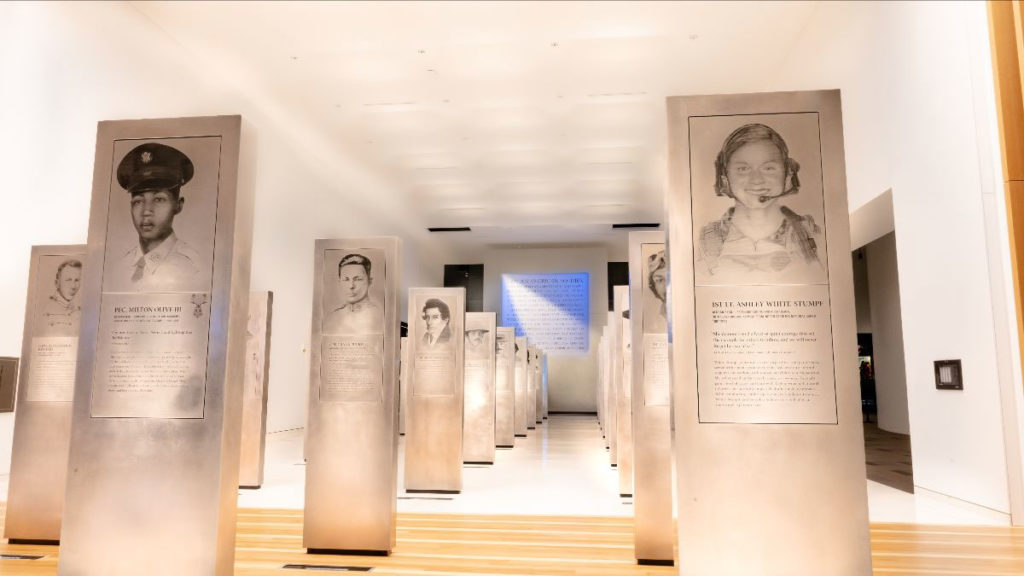
Project Description: National Museum of the U.S. Army conveys 245+ years of history. From macro-scale artifacts to immersive media, the museum deploys sophisticated, dramatic lighting across 45,000 sq.ft. of exhibits.
The visitor experience, embracing enormous scale, demanded lighting systems that would be robust and simple to maintain.
Nine galleries, each representing a critical juncture in Army history, are accessed via commonly designed portals off a 300-foot-long media and lighting-rich connecting Concourse.
Three distinct mounting positions were employed: with 27’ tall “black box” spaces, it was clear that workhorse luminaires would need to be high-powered, narrow beam, framing projectors. Second, custom-curved light track, stood off gallery walls, allows consistent lighting of graphics and artifacts along curvilinear walls. Third, artifact cases are illuminated with an integral system of fiber optic-driven spotlights clamped to rods. This multi-prong strategy was crucial to developing a hierarchy helping visitors to comprehend and circulate.
For continuity, clarity, and orientation, some elements (i.e., lighting graphics) are consistent from gallery-to-gallery. Each gallery has a myriad of stories to tell; artifacts, dramatic tableaus, cast figures, macro-scale artifacts, and synchronized A/V presentations, all help illuminate these accounts.
Applying a myriad of layers of light to craft the visual environment: from brushstrokes of light on graphic panels to hundreds of theatrical accents, the designers sought to deliver a vibrant, dynamic experience transporting visitors through time and place.
Design work began in 2008; tall spaces demanded CMH framing projectors as the workhorse luminaire. The 12-year design arc collided with the LED Revolution. A study was conducted seeking implications, challenges, and electrical consumption benefits of transitioning to an all-LED system; a convincing cost-benefit analysis produced approval to proceed. An already tight budget was slightly enhanced to make the conversion. Payback in energy savings and maintenance are tracked. The results deliver a stunning visitor experience.
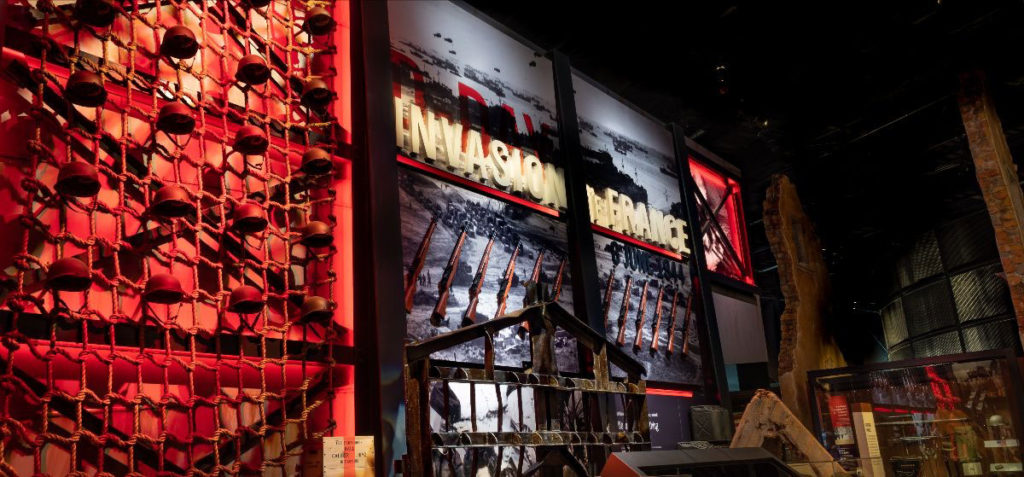
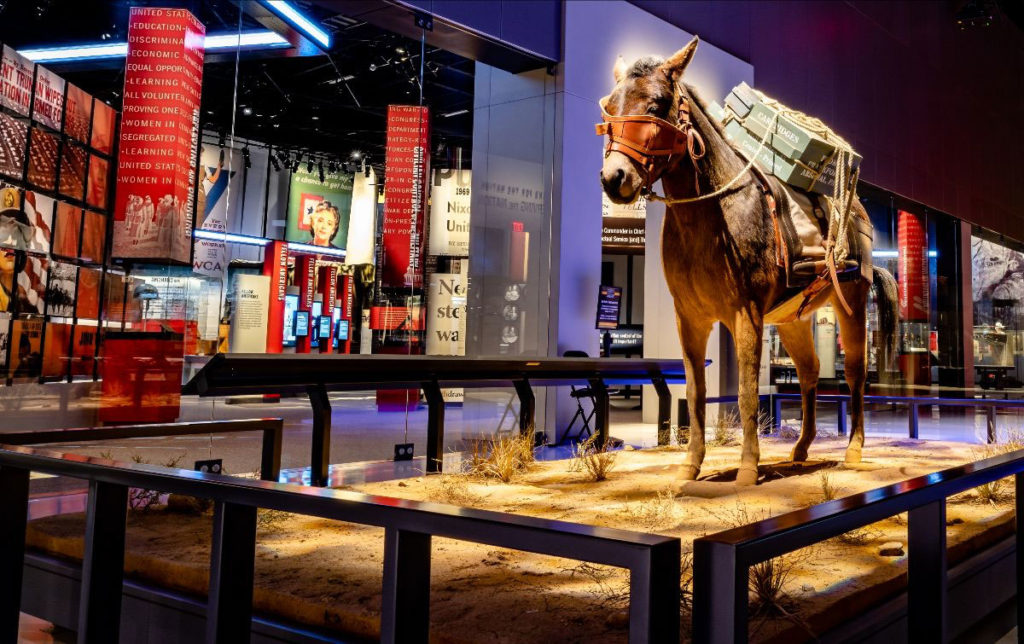
Name at least one unique challenge associated with this project? Maintaining a sense of continuity over the course of a 12year design effort while enduring design firm, Owner leadership, and technology changes was the greatest challenge to the successful completion of the project.
What factors contributed to the success of this project? Keeping the vision of the original design team, while navigating changes in the lighting industry, that saw legacy lighting sources give way to LED technologies. The willingness of the Ownership to buy into this new paradigm, despite the cost implications, allowed the lighting design team to deliver a macro-scale design that will stand the test of time.
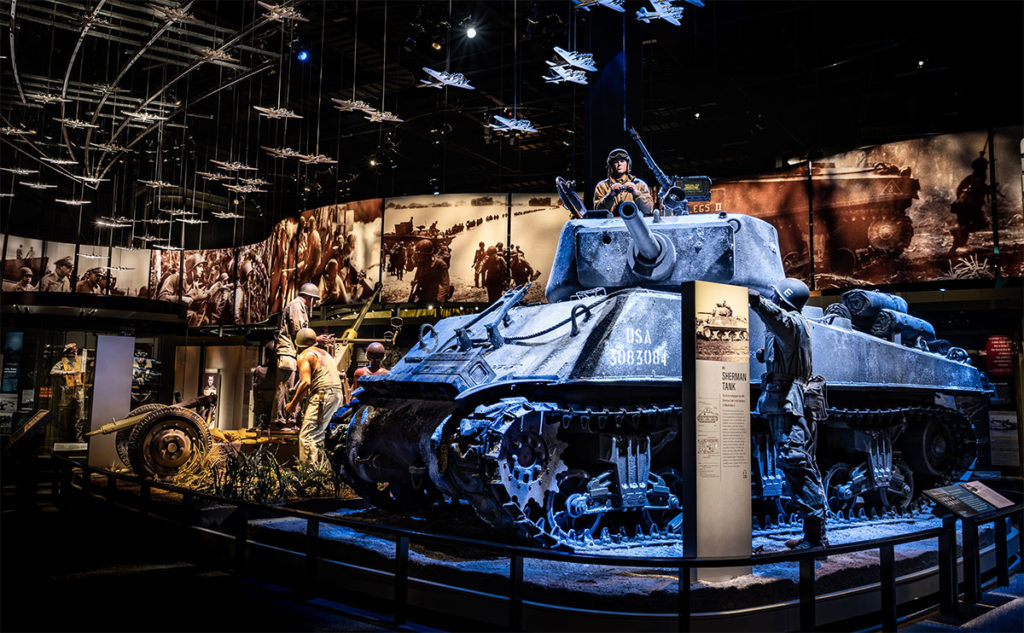
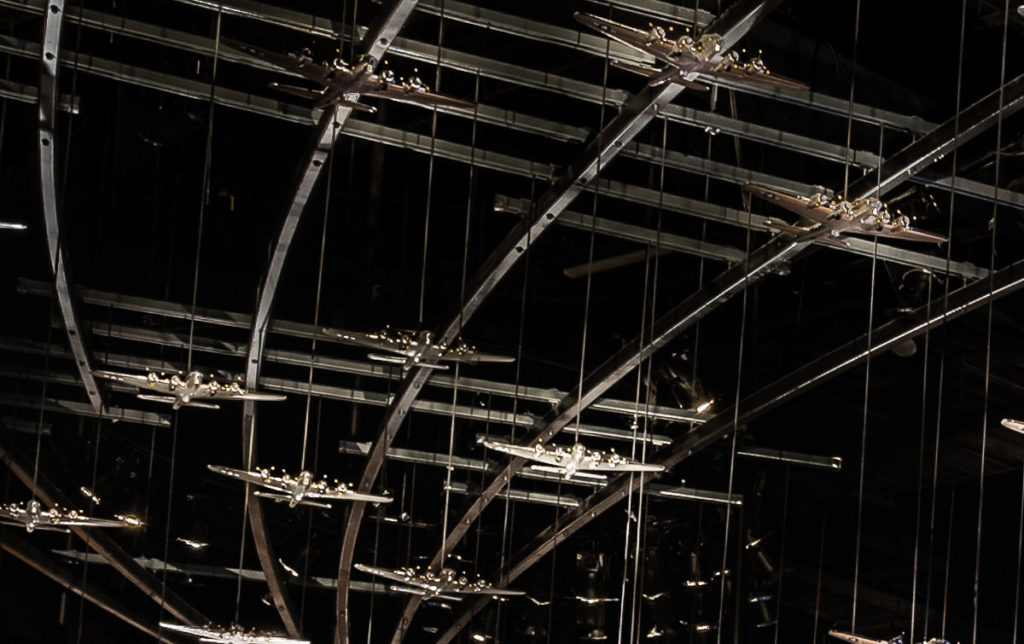
Design Team:
Architect: Skidmore Owens & Merrill Architects
Lighting Design: Available Light Inc
